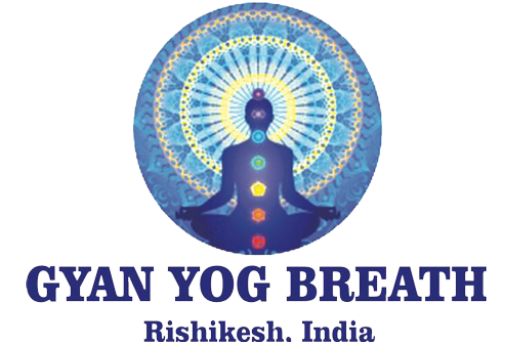Sankalpa: A Secret Power That All People Have

Introduction: The Hidden Potential Within
In the broad spectrum of human possibilities, especially connected to yoga teacher training in India, there is a deep transformative yet often ignored concept: Sankalpa. Supported by contemporary psychology, it is an ancient practice of developing willpower that can extraordinarily transform yoga practitioners and teachers.
Understanding Sankalpa: More Than Just a Goal
What is Sankalpa?
Unlike other goal-setting techniques, Sankalpa is neither a resolution nor a goal-setting technique. A deep thought that comes from the core of one’s being, Sankalpa is a deep, intentional thought. Unlike traditional goal-setting which focuses on external achievements, Sankalpa works where intention, consciousness, and personal alignment meets.
The Philosophical Roots
Coming from Sanskrit, Sankalpa means ‘intention’, ‘purpose,’ or ‘resolve.’ It is a form of powerful mental programming and personal transformation in yogic philosophy. The practice reaches deeper than superficial desires to modify the subconscious for authentic transformation.
Sankalpa in Yoga Teacher Training in India
For those pursuing yoga teacher training in India, Sankalpa offers a unique approach to personal and professional development. The practice goes beyond traditional teaching methodologies, providing a deep, intentional framework for personal growth and spiritual understanding.
The Science Behind Sankalpa
Neuroplasticity and Mental Reprogramming
Contemporary neuroscience validates the efficacy of Sankalpa. Through neuroplasticity, set mental intentions can change thought processes and behaviors by forming new neural pathways, changing structure through repetition.
Psychological Mechanisms
- Subconscious Synchronization: Resonant Sankalpa practices synchronize desires on a conscious level and with beliefs at the subconscious level.
- Deep-I Retrieved: The method fosters powerful primes for personal change.
- Elimination of Ineffective Thoughts: Involving re-evaluation of self-imposed mental barriers and restrictions.
How to Develop a Powerful Sankalpa
Step-by-Step Guide
- Self-Reflection: Understand your deepest desires and core values
- Formulate a Positive Statement: Create a concise, present-tense intention
- Emotional Engagement: Connect with the intention on a feeling level
- Regular Practice: Repeat and embody the Sankalpa consistently
Example Sankalpas
- I am calm and centered in all situations
- My body is strong and vibrant
- I attract abundance and opportunities
Practical Applications of Sankalpa
Personal Development
- Overcoming limiting beliefs
- Enhancing self-confidence
- Achieving personal goals
Professional Growth
- Improving leadership skills
- Enhancing creativity
- Developing resilience
Holistic Well-being
- Stress management
- Emotional healing
- Spiritual growth
Common Misconceptions About Sankalpa
- It’s Not Wishful Thinking: Sankalpa requires full participation and physical embodiment.
- Not a Quick Fix: There is no shortcut; It needs persistent work and time.
- More than Positive Affirmations: goes beyond superficial techniques; involves profound subconscious restructuring.
Scientific Validation
Research in psychology and neuroscience increasingly supports mind-body practices like Sankalpa. Studies have shown that intentional mental practices can:
- Reduce stress
- Improve mental health
- Enhance overall well-being
- Promote neurological changes
Implementing Sankalpa in Daily Life
- Morning meditation
- Journaling
- Visualization exercises
- Mindful breathing
Your Inner Transformation Begins Now
Sankalpa is not a mystical concept but a practical, scientifically-supported method of personal transformation. By understanding and implementing this powerful technique, individuals can unlock their hidden potential and create meaningful, lasting change.
